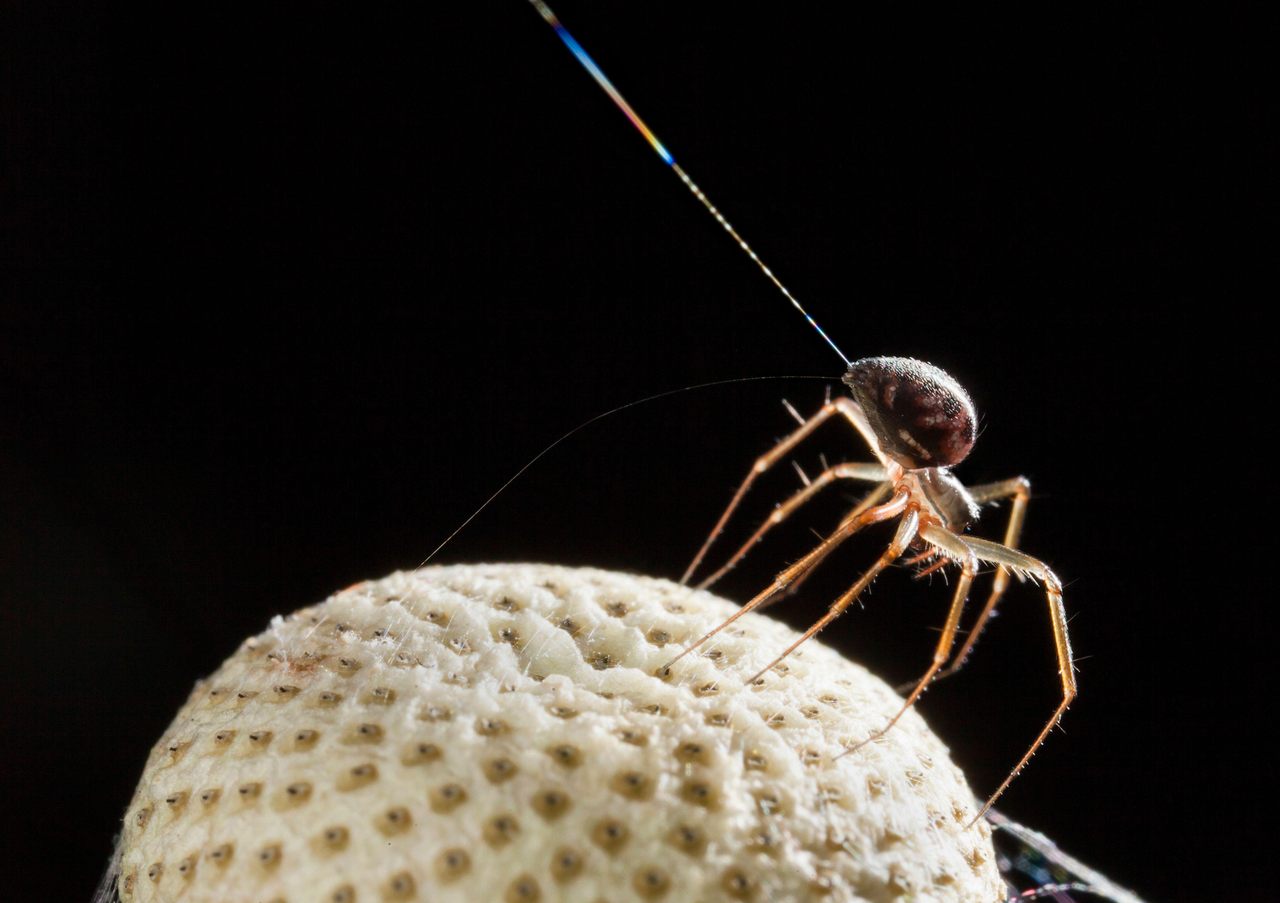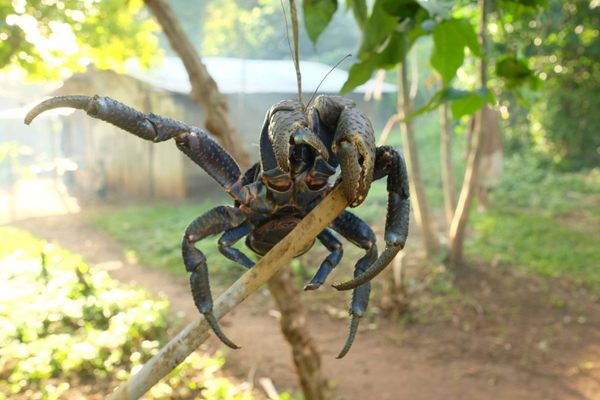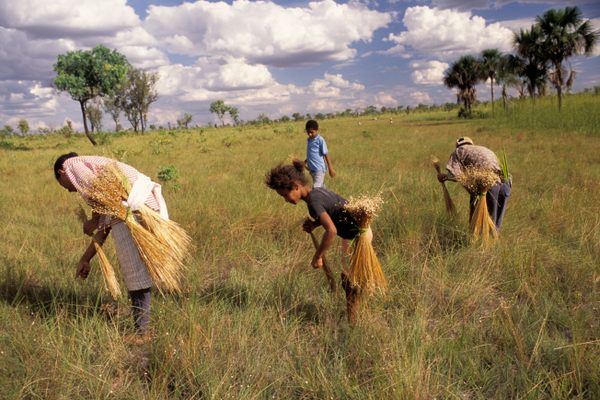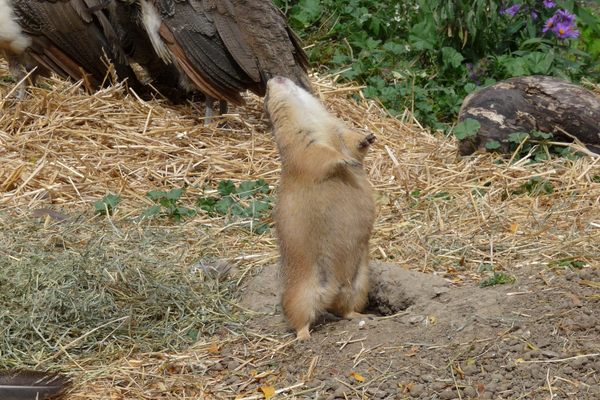Baby Spiders Are ‘Addicted’ to Flying With Mini Balloons
From Himalayan jumping spiders to brown widows, arachnids love to float over your head.
Each week, Atlas Obscura is providing a new short excerpt from our upcoming book, Wild Life: An Explorer’s Guide to the World’s Living Wonders (September 17, 2024).
At the end of Charlotte’s Web, Wilbur the pig is excited to befriend the offspring of his recently deceased spider friend. But before he really gets the chance, the just-hatched spiderlings climb up a fence post, stick their butts in the air, spin balloons out of silk, and float away.
Unlike, say, pro-pig messages written in webs, this plot point is pretty realistic. Around the world, spiders of varying species and sizes take to the skies when opportunity calls, held aloft by aircraft they secrete themselves.
Plentiful legs notwithstanding, spiders can’t walk everywhere they need to go. Those looking for safety, territory, or food—or maybe just a new scene—may find it more efficient and safe to take their chances in the air. The strong, flexible silk with which spiders spin their webs is also useful for flying, capable of carrying a tiny passenger for long distances and great heights.

Bug fans have long been fascinated by this phenomenon. On Halloween in 1832, Charles Darwin described how “aeronaut spiders which must have come at least 60 miles” landed on the H.M.S. Beagle and decorated its rigging with webs. In the 1930s, the plane used for a pioneering survey of midair insects kept running into so many arachnid ballooners that its struts ended up wrapped in silk, prompting the study’s author to conclude that “the young of most spiders are more or less addicted to this mode of transportation.” The same survey found a lone spider cruising at 15,000 feet (4,572 m), the maximum altitude of a Cessna.
More recently, scientists have begun to take a closer look at the behavior. Some are learning about particular spiders’ aviation techniques. (Ground crab spiders, for example, tend to raise one or two legs before spinning their balloons, perhaps to test the wind.) Others are investigating how the spiders get good liftoff—different studies have focused on updrafts, electric fields, and the nanophysical forces that allow very thin threads to practically stick to the air.
Although it’s hard to know for sure, ballooning has been credited with helping spiders colonize habitats both broad and narrow. Himalayan jumping spiders—the highest-living animals on the planet, who scuttle around the slopes of Everest nearly four miles (six kilometers) above the tree line—may have gotten up there via silk parachute.

And species expanding their ranges, from brown widows to joro spiders, occasionally drift into their new homes this way. This can prompt some over-the-top news reports warning of hordes of foreign arachnids about to drop from the sky. But the reality is less horror movie and more Charlotte’s Web. If you see a few little spiders drift past, remember: They’re just brave youths, seeking their fortune the best way they know how.
- Range: Worldwide
- Major species: Ground crab spiders (Xysticus spp.), Himalayan jumping spiders (Euophrys omnisuperstes), and many others
- How to see them: It’s difficult, but not impossible, to spot a ballooning spider in action—you may just have to squint. Perhaps the best evidence of this behavior can be seen after floods or storms, when whole fields may shimmer with silk produced during airborne escapes.
Wild Life: An Explorer’s Guide to the World’s Living Wonders celebrates hundreds of surprising animals, plants, fungi, microbes, and more, as well as the people around the world who have dedicated their lives to understanding them. Pre-order your copy today!


























Follow us on Twitter to get the latest on the world's hidden wonders.
Like us on Facebook to get the latest on the world's hidden wonders.
Follow us on Twitter Like us on Facebook